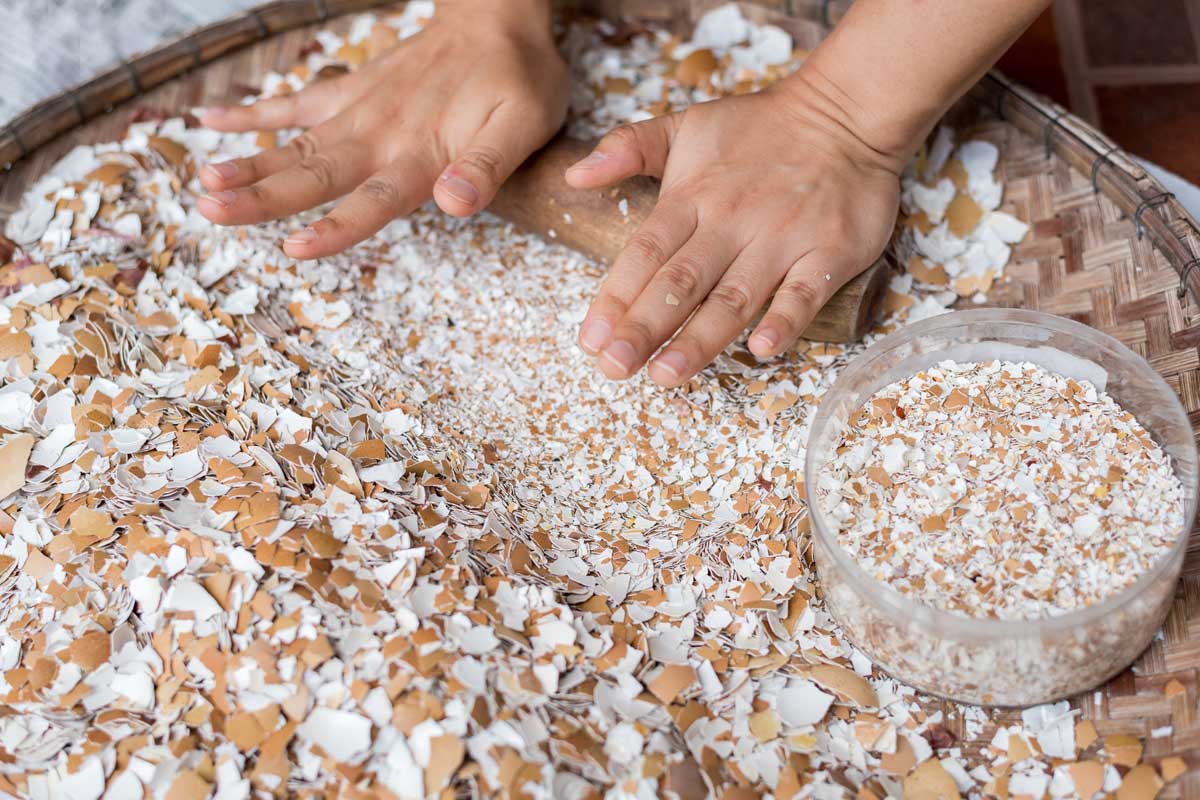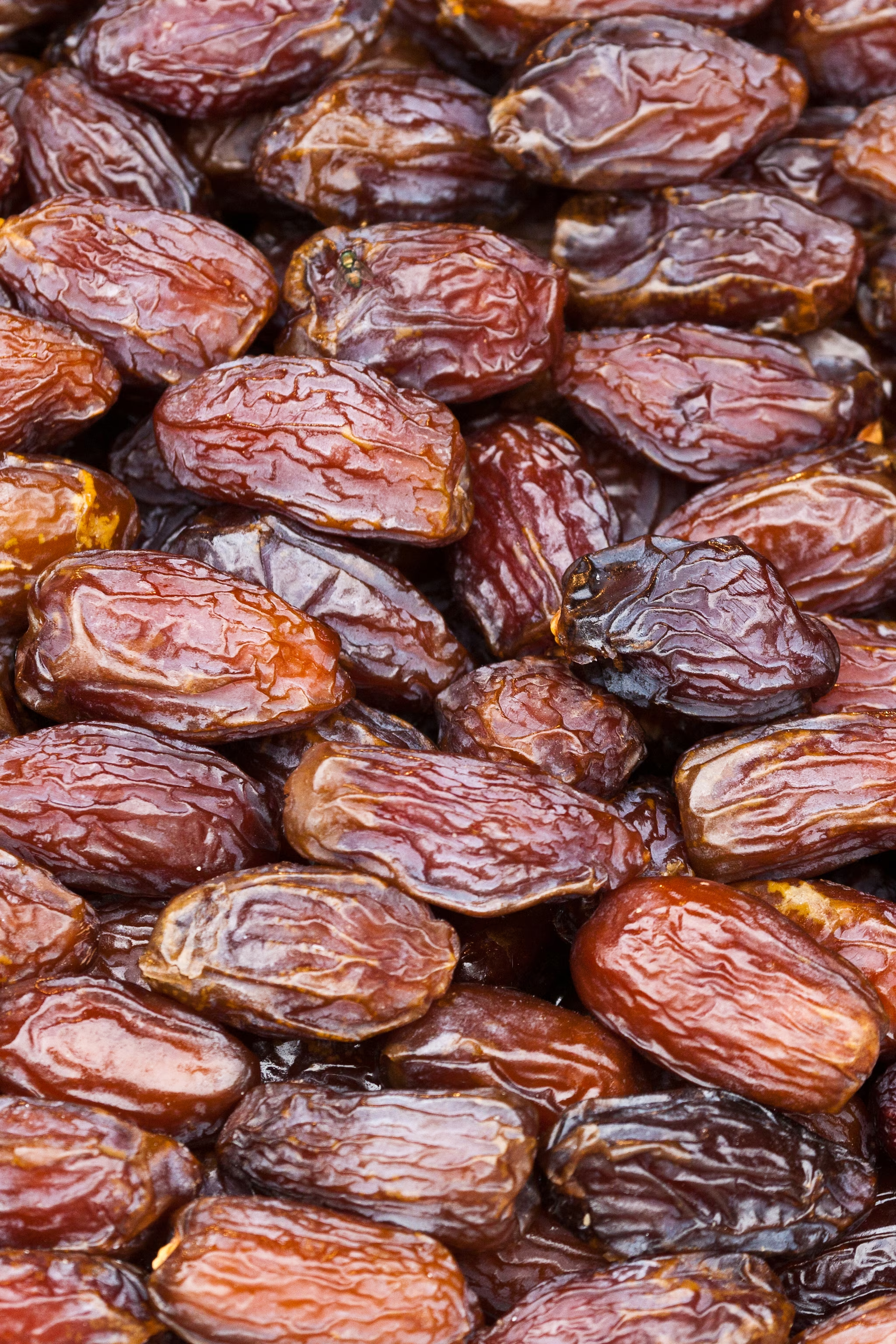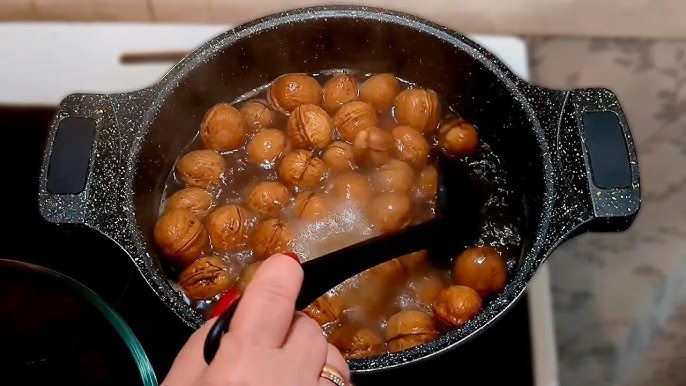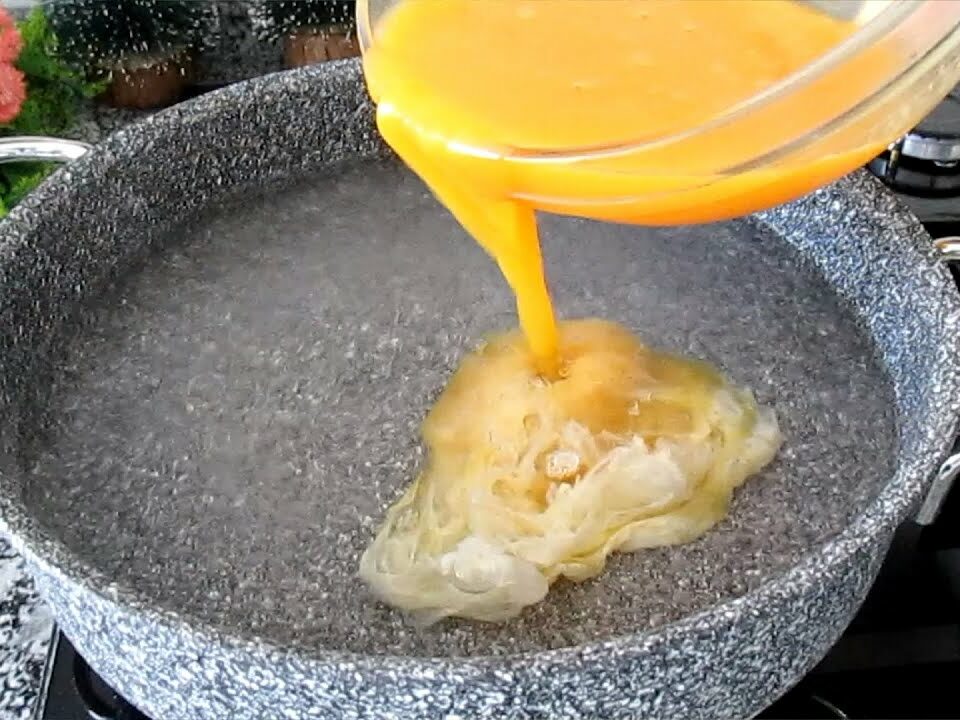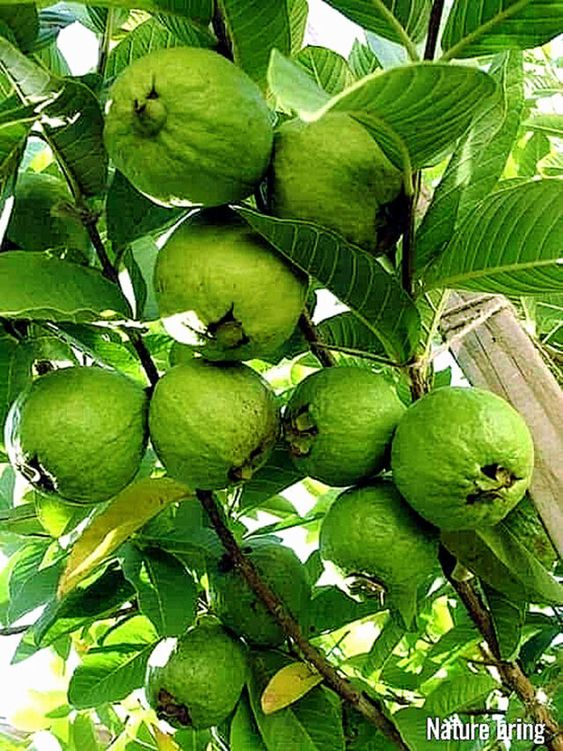
Guava is a tropical fruit that not only tastes delicious but is also rich in vitamins C and A, fiber, and antioxidants. However, when handling and preparing guava, there are some common pitfalls that many might fall into. Avoid these five mistakes to make sure you’re getting the most out of this flavorful and nutritious fruit.
1. Not Rinsing Thoroughly
Guavas, like all fruits, must be washed properly before consumption or use in recipes. They can be coated with pesticides and other contaminants, especially if not organically grown. Always rinse them under cold running water and scrub gently to remove any residue from the skin. This is important even if you plan to peel the guava, as cutting into an unwashed fruit can transfer dirt or bacteria from the surface to the flesh.
2. Discarding the Seeds
Many people choose to discard guava seeds because they’re hard and can seem inedible. However, guava seeds are completely safe to eat and are packed with fiber. They can help with digestion and have a mild laxative effect, which is beneficial for maintaining a healthy gut. If the texture is an issue, consider blending guava into smoothies, which makes the seeds less noticeable while still providing their health benefits.
3. Over-Ripening
Guava is best enjoyed when it’s just ripe, as over-ripening can lead to a very mushy texture and an overly strong, sometimes sour, flavor. To determine the perfect ripeness, gently press the fruit with your thumb. It should yield slightly under pressure. Additionally, a ripe guava will emit a sweet, floral fragrance. Eat the guava or refrigerate it once it reaches its peak ripeness to enjoy its best flavor and texture.
4. Peeling the Skin
Peeling guava is a common practice, but it’s actually unnecessary and results in the loss of nutrients. The skin of a guava is rich in antioxidants and fiber. It’s perfectly edible and adds a nice texture contrast to the sweet flesh. Just make sure to wash the fruit thoroughly before consuming it with the skin.
5. Ignoring Guava in Cooking
Guava is incredibly versatile and can be used in a variety of dishes, yet many people only consume it raw. Don’t overlook guava for cooking and baking. It can be transformed into delicious jams, jellies, sauces, and desserts. Guava paste, for example, is a popular ingredient in pastries and sweet treats in Latin America. Experiment with guava in your recipes to add a tropical twist to your meals.
By avoiding these common mistakes, you can fully enjoy all the benefits and flavors guava has to offer. Whether eaten raw or incorporated into recipes, guava is a delightful addition to a healthy diet.

